 Senator Chuck Schumer of NY is scheduled to appear today at the Albany FBI office to urge fellow politicians to support his legislation in the Consumer Drone Safety Act. One result of recent publicity about consumer drone near misses and contact with public buildings, Senators Feinstein and Schumer are introducing an act placing significant responsibility on the manufacturers of consumer drones.
Senator Chuck Schumer of NY is scheduled to appear today at the Albany FBI office to urge fellow politicians to support his legislation in the Consumer Drone Safety Act. One result of recent publicity about consumer drone near misses and contact with public buildings, Senators Feinstein and Schumer are introducing an act placing significant responsibility on the manufacturers of consumer drones.
The Consumer Drone Safety Act, designed to apply to solo operators of consumer drones, first calls for clarification and publication of drone safety regulations. The legislation asks for codification of requirements such as maximum altitude regulations, prohibited areas of flight, and weather related restrictions for drone use.
The legislation goes further than requiring regulations, however, outlining technology requirements for consumer drones. The bill would require manufacturers to add features to consumer drones to limit altitude; provide geo-fencing technology to prevent drone use in restricted airspace such as airports or government buildings; and provide technology that “enables avoidance of collisions.” In addition, the Act would require “that a consumer drone be detectable and identifiable to pilots and air traffic controllers, including through the use of an identification number and a transponder or similar technology to convey the drone’s location and altitude,” and that a system for preventing modifications be put into place.
The law does not propose to grandfather existing consumer drones that do not meet the requirements, calling for modification of all existing drones “at the manufacturer’s expense” and stating that a limited system of exemptions may be formed for any drones unable to be modified to meet the requirements.
The bill provides for broad authority for the FAA Administrator, ending the list of 8 manufacturer’s requirements with “such other requirements as the Administrator considers necessary to ensure the safety of the national airspace system.”
The legislation is proposed as part of the FAA Modernization and Reform Act of 2012.

Miriam McNabb is the Editor-in-Chief of DRONELIFE and CEO of JobForDrones, a professional drone services marketplace, and a fascinated observer of the emerging drone industry and the regulatory environment for drones. Miriam has penned over 3,000 articles focused on the commercial drone space and is an international speaker and recognized figure in the industry. Miriam has a degree from the University of Chicago and over 20 years of experience in high tech sales and marketing for new technologies.
For drone industry consulting or writing, Email Miriam.
TWITTER:@spaldingbarker
Subscribe to DroneLife here.

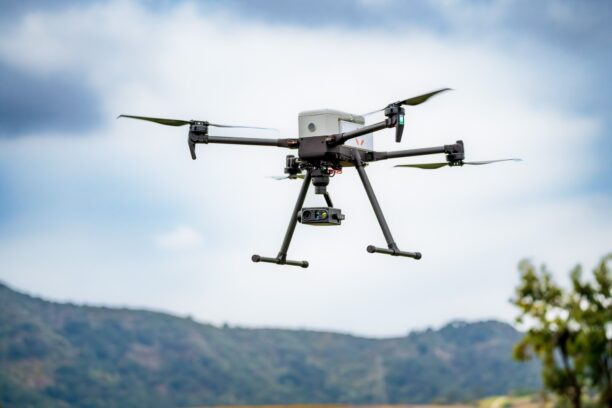
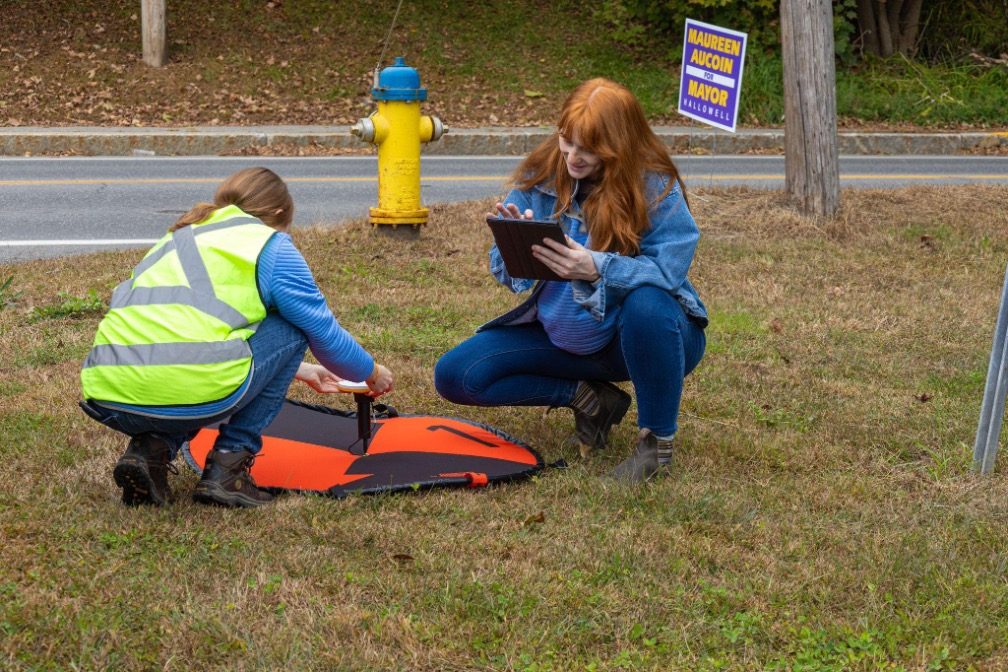
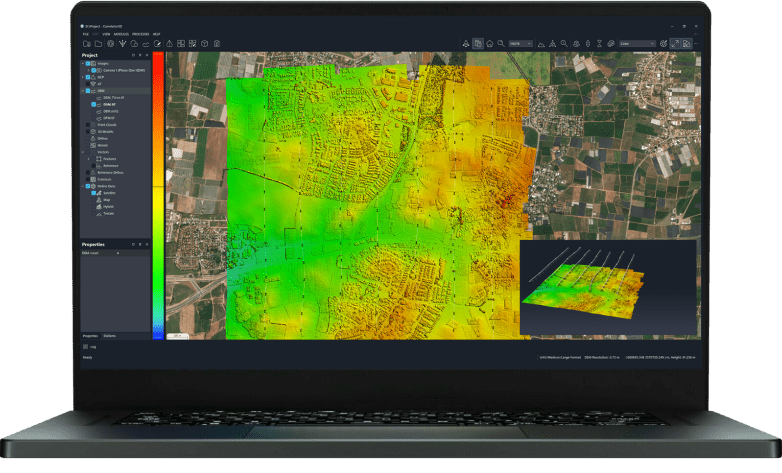
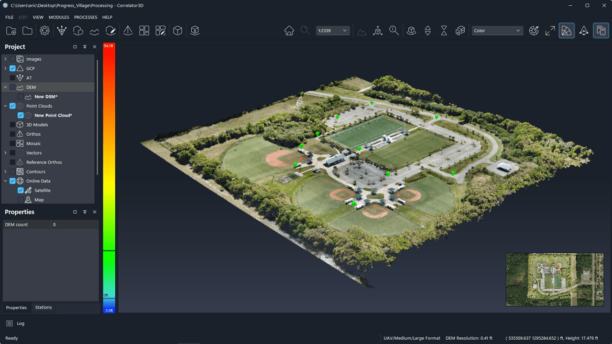
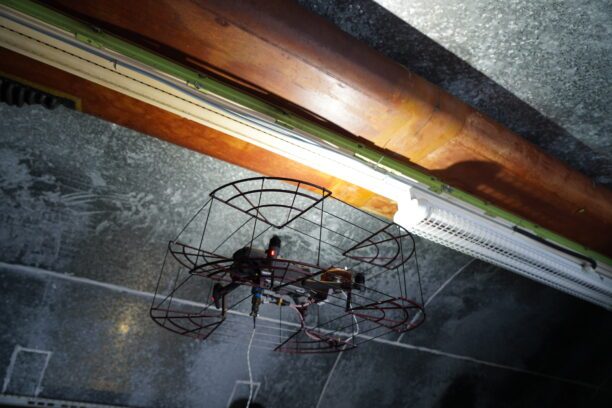
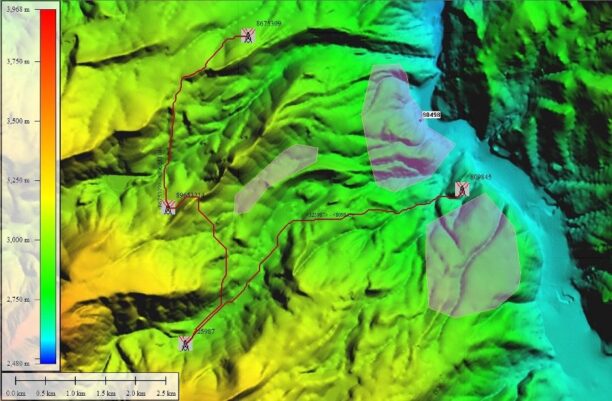
The part of this that I do not like is the geo-fencing… Airports are not a hard no, you just need permission. Our politicians show their ignorance when they make comments like “No flying within 5 miles of a public use airport without contacting the tower”. Most public airports are uncontrolled, a quick conversation with the Airport Manager is all it takes to get permission. The only requirement should be that the drone pilot be monitoring CTAF (common traffic advisory frequency). Its not hard to communicate your position to other pilots so that safety is not compromised.
Another possible solution would be to put some sort of a transponder on these drones that will work with the NextGen air traffic system (ADS-B). That would cause the drone to show up on the TCAS (Traffic Collision Avoidance System) on equipped aircraft.